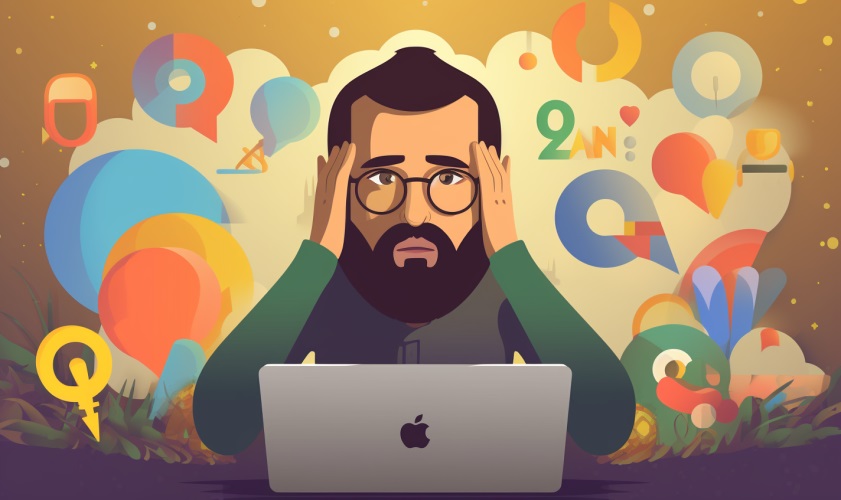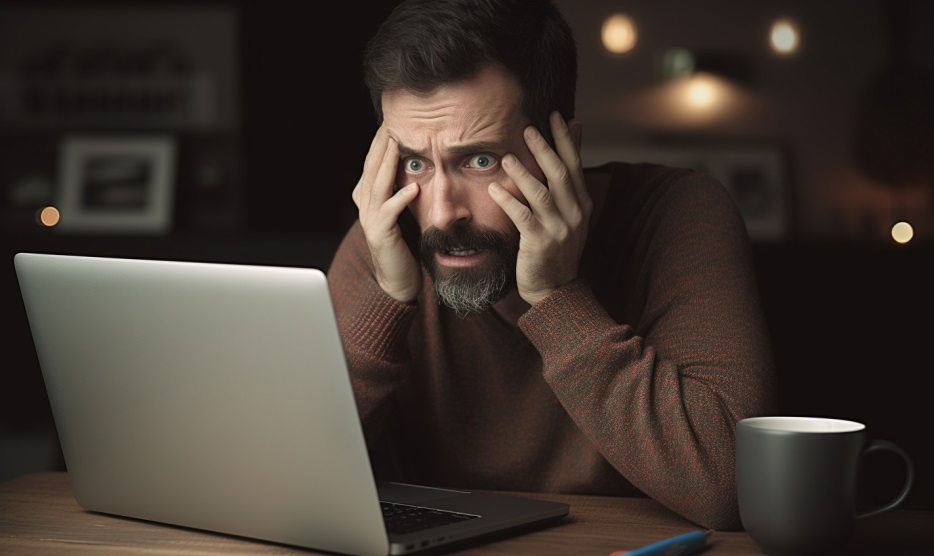1: Understanding Google Penalties
A Google penalty is a punishment handed down by Google to websites that violate its webmaster guidelines. Such penalties can lead to a significant drop in rankings and search visibility, severely impacting traffic and revenue.
The key to recovering from a Google penalty is first understanding what caused it. Google usually applies penalties for practices such as unnatural links, keyword stuffing, hidden text, and poor-quality content. Identifying the issue is the first step in the recovery process.

2: Identifying the Penalty
Google’s penalties come in two types: manual and algorithmic. Manual penalties occur when a Google reviewer determines that pages on a site are not compliant with Google’s guidelines. Algorithmic penalties are automatic and occur when Google’s algorithms detect manipulative or suspicious behavior.
Understanding the type of penalty your site has received is crucial for your recovery plan, as the steps to recovery may vary depending on the penalty type.
3: Analyzing Google Search Console
Google Search Console (GSC) is an essential tool when dealing with a Google penalty. For manual penalties, GSC will include a notification about the penalty, its cause, and how to address it.
For algorithmic penalties, GSC provides data that can help you identify potential issues. Examining your website’s performance data before and after the penalty can reveal what may have triggered the algorithmic penalty.
4: Investigating Link Issues
Unnatural links, whether inbound or outbound, are a common cause of Google penalties. A comprehensive link audit can help you identify any suspicious or low-quality links that might have resulted in a penalty.
Removing or disavowing harmful links is a critical step in the recovery process. However, it’s equally important to understand why those links were there in the first place to prevent similar issues in the future.
5: Addressing Content Quality
Google penalties often result from poor-quality content. Duplicate content, thin content, or content that offers little value can all lead to penalties.
Assessing and improving the quality of your site’s content is a key part of recovery. This can involve rewriting or removing low-quality content and ensuring that all new content meets Google’s quality guidelines.
6: Optimizing Website Structure
A poorly structured website can result in a Google penalty, especially if it provides a poor user experience or attempts to manipulate search engine rankings. Examining your website’s overall structure, navigation, and design can help identify potential issues.
Recovering from this type of penalty may involve technical SEO adjustments such as fixing broken links, ensuring mobile friendliness, and improving page load speed.
7: Reconsideration Requests
Once you’ve identified and addressed the issues that led to the penalty, you can submit a reconsideration request to Google. This is your chance to explain what happened, the steps you’ve taken to fix the issues, and how you plan to avoid such problems in the future.
Reconsideration requests are only applicable for manual penalties. For algorithmic penalties, changes in your site will be automatically recognized by Google’s algorithms over time.
8: Using RiseOpp’s Heavy SEO Methodology
At RiseOpp, we’ve developed our Heavy SEO methodology based on a deep understanding of Google’s algorithm and ranking factors. Our methodology involves studying over 200 main algorithm factors to build robust, resilient SEO strategies that can withstand algorithm changes and recover from penalties.
If you’ve suffered a Google penalty, our experienced team can help you identify the issues, make necessary adjustments, and create a roadmap for recovery that also prevents future penalties.
9: Monitoring Your Progress
Recovery from a Google penalty is typically a slow process, and it’s crucial to monitor your progress over time. Use tools like Google Search Console and Google Analytics to track improvements in your search visibility, organic traffic, and keyword rankings.
Patience and persistence are key in this stage. It may take several weeks or even months to see the results of your recovery efforts.
10: Continuous Learning and Adaptation
SEO is a constantly evolving field, and what works today may not work tomorrow. Continuous learning and adaptation are crucial for maintaining and improving your SEO performance.
Stay updated with the latest SEO news and best practices, regularly audit your SEO strategy, and be prepared to make adjustments as needed.
11: Building a Penalty-Proof SEO Strategy
The best way to recover from a Google penalty is to avoid receiving one in the first place. By understanding and adhering to Google’s guidelines, you can build a penalty-proof SEO strategy.
This involves a commitment to creating high-quality content, pursuing legitimate backlink strategies, providing a great user experience, and staying away from manipulative or deceptive SEO tactics.

12: Final Thoughts on Google Penalties
Recovering from a Google penalty can be a daunting task. However, with the right understanding of Google’s guidelines, a thorough analysis of your website, and a well-planned recovery strategy, it’s entirely possible to regain your rankings and visibility.
Remember, the goal of SEO isn’t just to rank high, but to provide valuable content and a great user experience. By focusing on these aspects, you can build a resilient SEO strategy that withstands algorithm updates and avoids penalties.
Comments are closed